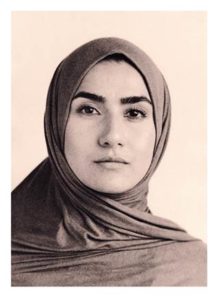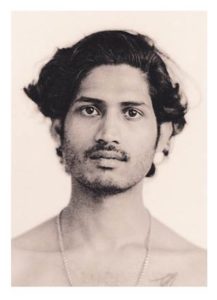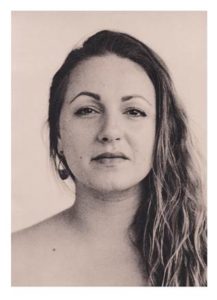Books to raise awareness – English
 Whether in the form of literature as the art of language or art in the form of photography or any other visual arts, books can be quite a strong means to raise awareness. For the simple reason that “art is not there to make us ‘happy’. It is also supposed to bring out the conflicts within us, to make us aware of them…not to sweep them all under the carpet”, as rightly stated by Raphael Vella, artist and curator based in Malta. Art is meant to help us connect with our inner selves, question our bodies, minds and senses. By getting things moving inside, we are transported to new places within and a transformative process may be triggered from inside to outside reaching our surrounding environment (people and space).
Whether in the form of literature as the art of language or art in the form of photography or any other visual arts, books can be quite a strong means to raise awareness. For the simple reason that “art is not there to make us ‘happy’. It is also supposed to bring out the conflicts within us, to make us aware of them…not to sweep them all under the carpet”, as rightly stated by Raphael Vella, artist and curator based in Malta. Art is meant to help us connect with our inner selves, question our bodies, minds and senses. By getting things moving inside, we are transported to new places within and a transformative process may be triggered from inside to outside reaching our surrounding environment (people and space).
 It is through this approach that Zvezdan Reljić, photographer who left Yugoslavia to live in Malta in 1992, initiated his project Wiċċna / Our Face with the aim of questioning identity and mobility by picturing a multitude of faces of those who arrived in Malta, are passing by or living on the island. The outcome of this project is a book including about 200 silver gelatin lith prints of portraits produced in a dark room. These photographed individuals come from different backgrounds, generations and origins as well as aesthetical, anthropological and literary essays on the themes of identity and physiognomy written in different languages and translated. This project is an ode to the melting pot of Maltese contemporary society.
It is through this approach that Zvezdan Reljić, photographer who left Yugoslavia to live in Malta in 1992, initiated his project Wiċċna / Our Face with the aim of questioning identity and mobility by picturing a multitude of faces of those who arrived in Malta, are passing by or living on the island. The outcome of this project is a book including about 200 silver gelatin lith prints of portraits produced in a dark room. These photographed individuals come from different backgrounds, generations and origins as well as aesthetical, anthropological and literary essays on the themes of identity and physiognomy written in different languages and translated. This project is an ode to the melting pot of Maltese contemporary society.
 In a neutralised background, extracted from any sort of national identity, Zvezdan’s portraits invite us to focus on faces. Faces cannot be from anywhere specific. Faces are like books of stories to read. They are like landscapes that are continuously transformed. Wounds, scars, wrinkles, stains, blemishes and other traits formed by age and time are part of our experiences, our story. They are part of our authenticity and can be embraced as part of our imperfectly perfect beauty. This reminds me of the Japanese art of Kintsugi, also known as kinstsukuroi meaning “golden repair”. It consists of repairing broken or damaged ceramics with gold or silver, joining the fragments to give them a more refined aspect. The irregular patterns formed make each repaired piece unique and more precious. So are our faces with their flaws and marks of passage of time if we learn to fill the depth of wrinkles and cracks with acceptance of transformation.
In a neutralised background, extracted from any sort of national identity, Zvezdan’s portraits invite us to focus on faces. Faces cannot be from anywhere specific. Faces are like books of stories to read. They are like landscapes that are continuously transformed. Wounds, scars, wrinkles, stains, blemishes and other traits formed by age and time are part of our experiences, our story. They are part of our authenticity and can be embraced as part of our imperfectly perfect beauty. This reminds me of the Japanese art of Kintsugi, also known as kinstsukuroi meaning “golden repair”. It consists of repairing broken or damaged ceramics with gold or silver, joining the fragments to give them a more refined aspect. The irregular patterns formed make each repaired piece unique and more precious. So are our faces with their flaws and marks of passage of time if we learn to fill the depth of wrinkles and cracks with acceptance of transformation.
This whole project questions the notion of nationality as a fixed element of identity. It invites us to focus on the essential, on our changing processes, on what makes us all human. A book to discover!
To read further:
http://wiccna.com
https://www.weforum.org/agenda/2016/01/why-art-has-the-power-to-change-the-world/
https://www.maltatoday.com.mt/news/interview/88787/giving_the_arts_a_stronger_voice__raphael_vella#.W5gMfZMzY3h